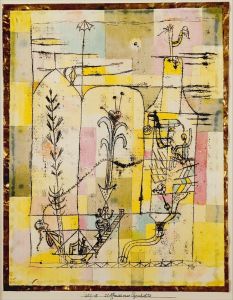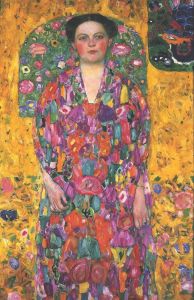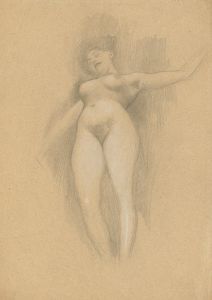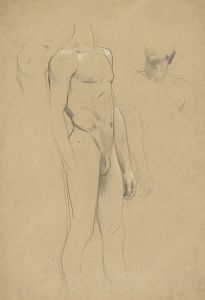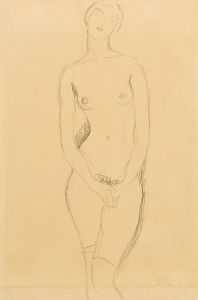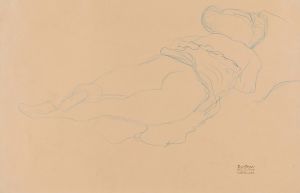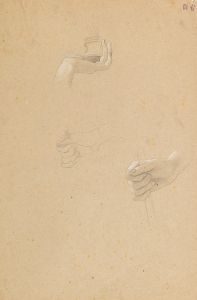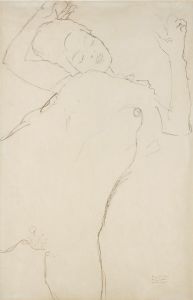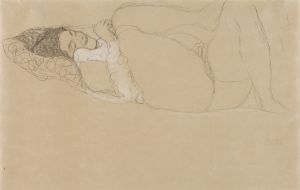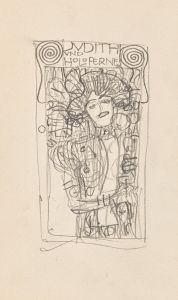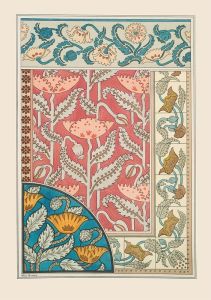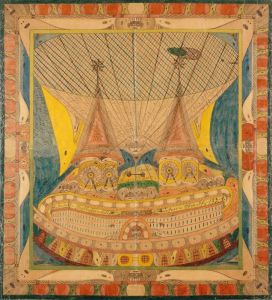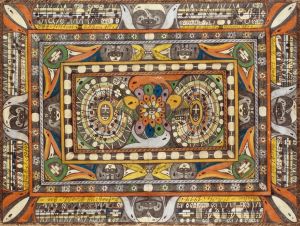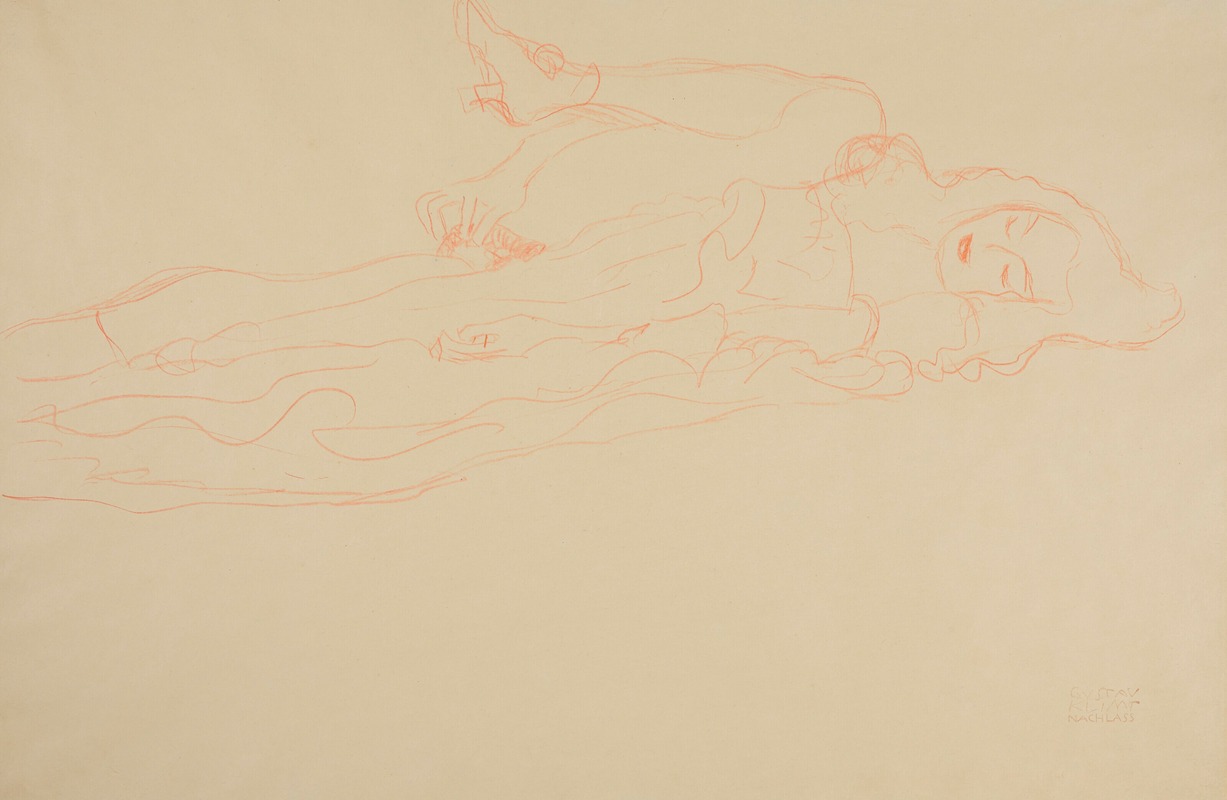
Liegender Halbakt nach rechts
A hand-painted replica of Gustav Klimt’s masterpiece Liegender Halbakt nach rechts, meticulously crafted by professional artists to capture the true essence of the original. Each piece is created with museum-quality canvas and rare mineral pigments, carefully painted by experienced artists with delicate brushstrokes and rich, layered colors to perfectly recreate the texture of the original artwork. Unlike machine-printed reproductions, this hand-painted version brings the painting to life, infused with the artist’s emotions and skill in every stroke. Whether for personal collection or home decoration, it instantly elevates the artistic atmosphere of any space.
Gustav Klimt, an Austrian symbolist painter, is renowned for his distinctive style that combines sensuality and symbolism. One of his works, "Liegender Halbakt nach rechts" (Reclining Semi-Nude Facing Right), exemplifies his exploration of the female form and his mastery in capturing the delicate interplay of light and shadow.
Klimt was born in 1862 in Baumgarten, near Vienna, and became a prominent figure in the Vienna Secession movement, which sought to break away from traditional academic art. His work is characterized by a bold use of color, intricate patterns, and a focus on the human figure, particularly the female body. Klimt's art often delves into themes of eroticism, beauty, and the cycle of life, reflecting the broader cultural and intellectual currents of his time.
"Liegender Halbakt nach rechts" is a drawing that showcases Klimt's skill in rendering the human form with both precision and fluidity. The piece depicts a reclining female figure, partially nude, with her body turned to the right. The drawing is executed with a delicate touch, emphasizing the softness of the figure's skin and the graceful curves of her body. Klimt's use of line is both confident and subtle, capturing the essence of the subject with minimal yet expressive strokes.
This work is part of Klimt's extensive series of drawings and sketches, which he often used as studies for his larger paintings. These drawings provide insight into his creative process and his fascination with the female form. Klimt's drawings are notable for their spontaneity and intimacy, offering a glimpse into the artist's exploration of form and emotion.
Klimt's portrayal of women often sparked controversy due to its overt sensuality and eroticism. However, his work is also celebrated for its celebration of femininity and its challenge to conventional representations of women in art. "Liegender Halbakt nach rechts" is a testament to Klimt's ability to convey both vulnerability and strength through his depiction of the female body.
The drawing reflects Klimt's broader artistic philosophy, which sought to transcend the boundaries of traditional art and explore new forms of expression. His work is deeply rooted in the cultural and intellectual milieu of fin-de-siècle Vienna, a period marked by a flourishing of the arts and a questioning of established norms.
Klimt's influence extends beyond his lifetime, impacting subsequent generations of artists and contributing to the development of modern art. His innovative approach to form, color, and composition continues to inspire and captivate audiences worldwide.
"Liegender Halbakt nach rechts" remains an important piece within Klimt's oeuvre, illustrating his mastery of drawing and his enduring fascination with the human figure. It is a work that encapsulates the essence of Klimt's artistic vision and his contribution to the evolution of art in the early 20th century.





